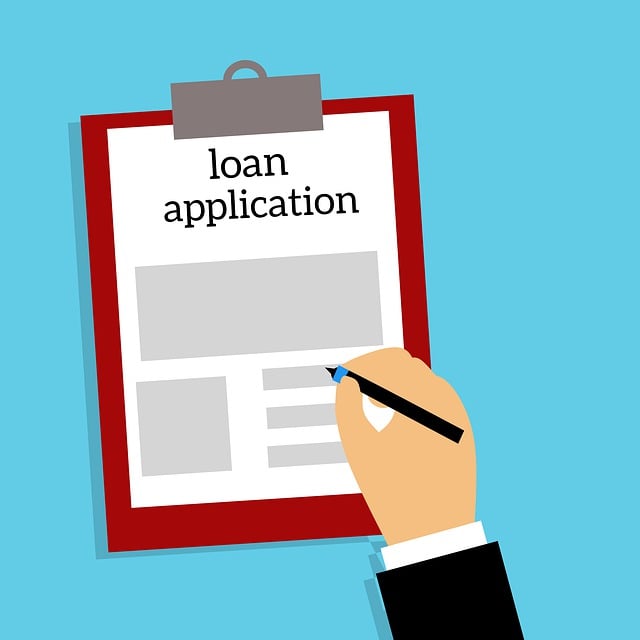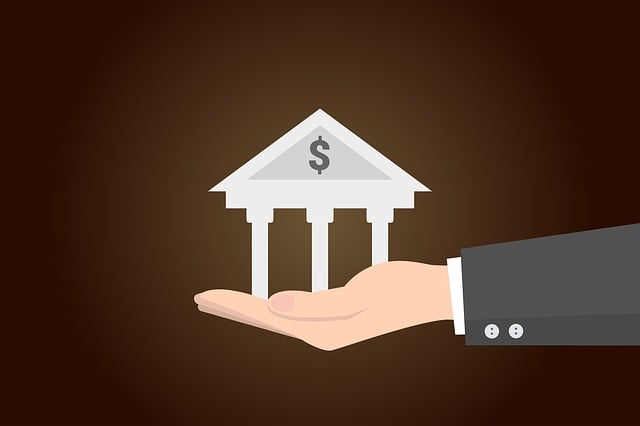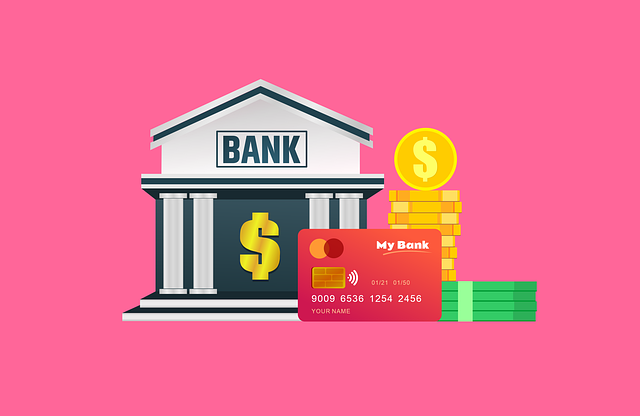In times of financial crisis, emergency debt assistance offers a lifeline through low-interest loans, alleviating stress and helping regain control over finances. These flexible options, tailored to diverse situations like medical emergencies or job loss, provide quick funding for immediate expenses. Online repayment platforms revolutionize debt management by offering accessible and efficient solutions, eliminating the need for physical interactions. To qualify, borrowers must demonstrate financial hardship and commitment to repayment, with eligibility assessed based on income, debts, and credit history. Following a comprehensive guide ensures access to timely financial support during challenging times.
Struggling with unexpected debts? Discover how Emergency Debt Assistance programs offer a lifeline during challenging times, providing low-interest loans for simplified online repayment. This comprehensive guide explores navigating these affordable options, leveraging digital platforms for efficient debt management, and understanding eligibility criteria. By following a step-by-step approach, individuals can access much-needed relief and regain financial control.
- Understanding Emergency Debt Assistance: A Lifeline in Times of Need
- Navigating Low-Interest Debt Loans: Unlocking Affordable Repayment Options
- The Benefits of Online Repayment Platforms for Efficient Debt Management
- Eligibility Criteria: Who Qualifies for Low-Interest Debt Relief?
- A Step-by-Step Guide to Accessing and Repaying Emergency Debt Assistance Loans
Understanding Emergency Debt Assistance: A Lifeline in Times of Need

In times of financial crisis, many individuals find themselves burdened by unexpected debts, leaving them feeling trapped and helpless. This is where emergency debt assistance steps in as a lifeline. It’s a specialized service designed to provide much-needed support during unforeseen circumstances, offering low-interest loans to help manage and repay urgent financial obligations. The primary goal is to alleviate the stress associated with overwhelming debt, allowing individuals to regain control over their finances.
Emergency debt assistance programs are tailored to various situations, from medical emergencies to unexpected life events like job loss or natural disasters. These services understand that every individual’s circumstances are unique, hence the flexible loan options catering to different needs and terms of repayment. By accessing this assistance, one can quickly secure funding to cover immediate expenses, ensuring stability during challenging periods.
Navigating Low-Interest Debt Loans: Unlocking Affordable Repayment Options

Navigating Low-Interest Debt Loans is a strategic move towards achieving financial stability and peace of mind, especially during unforeseen circumstances. These loans offer a safety net for individuals facing emergency debt situations by providing affordable repayment terms. When traditional loan options seem daunting with high-interest rates, low-interest debt loans step in as a viable alternative.
By opting for these loans, borrowers can unlock manageable monthly installments, making it easier to repay their debts without the added financial strain. This approach is particularly beneficial for those dealing with unexpected expenses or urgent financial needs. With lower interest rates, individuals can focus on rebuilding their financial health while ensuring they stay on top of their debt obligations.
The Benefits of Online Repayment Platforms for Efficient Debt Management

Online repayment platforms offer a modern and efficient solution for managing debt, especially in times of financial strain. One of the key benefits is the accessibility they provide; individuals can log into their accounts from anywhere with an internet connection, allowing for convenient and immediate interaction with their loan providers. This is particularly useful for those seeking emergency debt assistance, as it eliminates the need for physical visits or lengthy phone calls.
These platforms streamline the repayment process by offering a centralized hub where borrowers can view their loan details, track balances, and make payments effortlessly. Many also provide real-time updates and notifications, ensuring borrowers stay informed about their financial status. This level of transparency and control empowers individuals to take proactive measures in managing their debt, ultimately contributing to improved financial health.
Eligibility Criteria: Who Qualifies for Low-Interest Debt Relief?

Low-interest debt loans are a godsend for individuals and families facing overwhelming emergency debt assistance needs. To qualify, borrowers typically need to demonstrate financial hardship and a commitment to repayment. Lenders often consider factors such as income, existing debts, and credit history when assessing eligibility.
Programmers of these loans usually set strict guidelines to ensure responsible lending. Applicants may be required to provide proof of income, employment status, and a detailed breakdown of their current financial obligations. Those with better credit scores and a stable financial outlook often stand a higher chance of securing favorable loan terms, including lower interest rates and more flexible repayment plans.
A Step-by-Step Guide to Accessing and Repaying Emergency Debt Assistance Loans

Accessing emergency debt assistance loans can be a straightforward process, offering much-needed relief during financial emergencies. Here’s a step-by-step guide to help you navigate this option effectively. Firstly, assess your situation and determine if an emergency loan is indeed necessary. If you face unexpected costs like medical expenses or home repairs that exceed your savings, this type of loan could provide temporary financial support.
Next, research reputable lenders who offer low-interest emergency debt assistance loans online. Compare their terms, interest rates, repayment plans, and eligibility criteria. Choose a lender known for transparent practices and customer-friendly policies. Once selected, complete the online application form, providing accurate financial details and personal information. After approval, the lender will disburse the loan amount directly into your bank account, enabling prompt access to funds. Repayment typically begins within a specified period, with regular installments tailored to your budget, ensuring manageable debt management.







